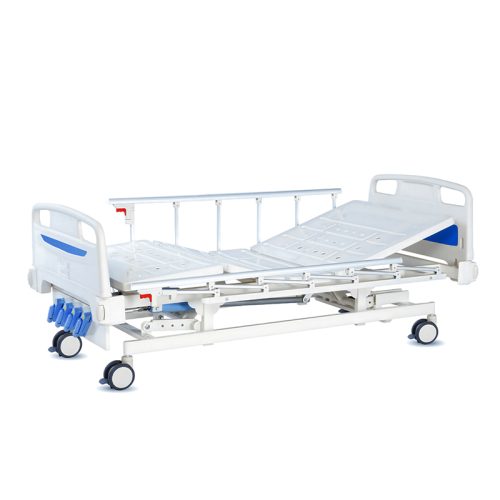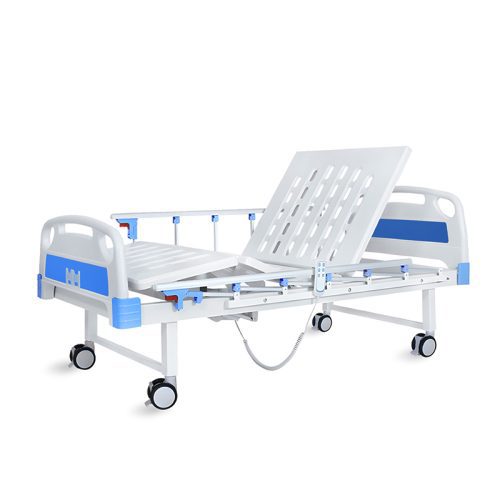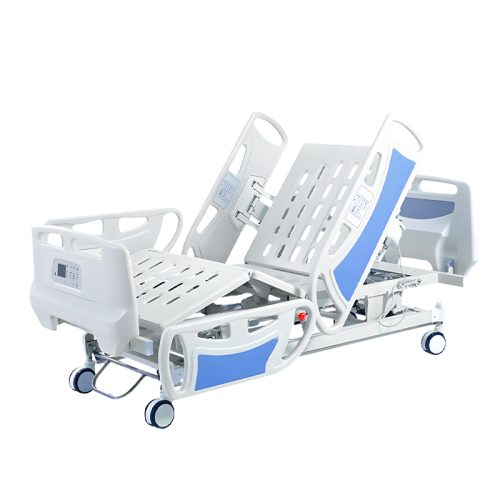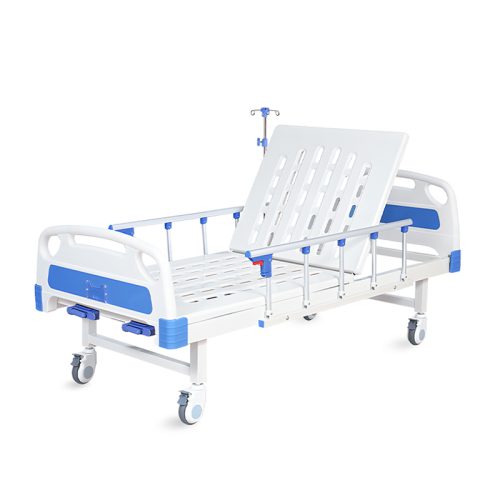
- Avtoklav
Avtoklav v bolnišnicah: Zagotavljanje varnosti in higiene
- Po kelingmedical
#### **Why Autoclaves Are Essential in Hospitals**
Patients in hospitals face high infection risk because their bodies can’t fight germs effectively. Medical equipment sterilization protects patients and staff by stopping the spread of germs and creating germ-free workspaces. Autoclaves play a vital role in this process for several reasons:
1. **Eliminating Harmful Microorganisms**
Autoclave treatments completely destroy harmful bacteria, viruses, fungi and spores that can make patients sick. Medical professionals choose steam sterilization because it reliably kills all types of resistant germs.
2. **Safe and Effective for Reusable Instruments**
Rephrase the following sentence. Keep the sentences direct, flowing, and easy to understand. Also normalize verbalization when possible.
3. **Compliance with Health Regulations**
Hospitals use autoclaving methods as part of their regular procedures because these sterilization processes help them meet all health and safety standards to prevent infections patients get during their hospital stay.
4. **Cost-Efficient and Environmentally Friendly**
Autoclaves enable medical instrument sterilization multiple times which decreases the use of single-use products and decreases waste production. The process works well for the environment because it does not need dangerous chemicals while saving money over the years.
—
#### **How Autoclaves Are Used in Hospitals**
Hospitals use autoclaves across different departments to perform specific medical sterilization tasks. Here are the key uses of autoclaves in healthcare settings:
1. **Sterilization of Surgical Instruments**
Doctors need to sterilize their surgical instruments before starting operations. Surgical instruments go through strict cleaning procedures before entering the autoclave system. The autoclave kills all bacteria and spores on medical tools to make them safe for operating room work. During the sterilization cycle an autoclave uses high-pressure steam at 121°C to 134°C steam for the required time.
2. **Sterilization of Reusable Medical Equipment**
The medical tools endoscopes syringes catheters and dental instruments all undergo sterilization in autoclave systems. Since the same medical equipment serves multiple procedures doctors need to keep it sterile between uses to shield patients from disease.
3. **Sterilization of Hospital Linen and Drapes**
Our hospital uses autoclaves to kill bacteria in fabrics that touch patient bodies. The materials need complete sterilization to stop microbes from getting into wounds and surgical areas.
4. **Sterilization of Contaminated Waste**
Hospitals produce substantial amounts of biohazardous waste including used syringes contaminated gauze and other medical materials. The medical waste items go through an autoclave treatment to destroy any potential infection sources before disposal. Medical waste must go through sterilization to destroy any harmful pathogens before it can be properly thrown away or reprocessed.
—
#### **The Autoclave Sterilization Process in Hospitals**
Hospitals put their items through autoclave sterilization because it creates reliable results. Below is an overview of the key stages of autoclave sterilization in a hospital setting:
1. **Preparation of Items for Sterilization**
All equipment needs thorough cleaning first as part of the autoclave preparation steps. The proper preparation of items helps steam reach all parts so it can properly sterilize them. Hospital staff puts items into sterilization trays or containers that are designed to let steam reach all parts of the item.
2. **Sealing the Autoclave**
The autoclave chamber needs to be locked to create conditions for sterilization. Modern autoclaves use automatic locking systems to stop users from opening the door during the sterilization process which keeps everyone safe.
3. **Heating and Pressurizing the Chamber**
The autoclave heats water to produce steam which enters the chamber to sanitize contents. A controlled steam environment raises its pressure which heats to a range of temperatures from 121°C to 134°C. Steam at high heat and pressure enters the instruments and materials to destroy all living organisms.
4. **Sterilization Phase**
The items in the autoclave need high-pressure steam exposure during this stage for 15 to 30 minutes. Heat and pressure from the sterilization process kill all types of pathogens regardless of their resistance. The exact sterilization settings depend on the specific items and objects you want to sanitize.
5. **Cooling and Drying**
When the sterilization cycle ends the autoclave releases pressure and the items inside naturally return to room temperature. After sterilization autoclaves need a drying phase to remove moisture from materials because this phase keeps items sterile and protects them from rust or harm.
—
#### **Best Practices for Using Autoclaves in Hospitals**
To ensure the optimal performance of autoclaves and maintain high sterilization standards, hospitals should follow best practices:
1. **Regular Maintenance and Calibration**
Regular checks and precision adjustments help autoclaves perform as intended. Performing daily checks and cleanings plus testing procedures stops autoclave problems from happening and confirms the device meets essential sterilization requirements.
2. **Proper Loading and Arrangement of Items**
The correct way to put items into an autoclave affects how well they get sterilized. Position the items inside the chamber to let steam access all parts of each object. When you put too many items into an autoclave it blocks steam from fully penetrating which means the sterilization process will not be complete.
3. **Use of Sterilization Indicators**
Sterilization tests with chemical and biological indicators confirm that the autoclave achieved proper temperature and pressure for the set duration. The indicators inside the sterilization unit show clear signs when the right treatment conditions have been met.
4. **Training and Protocols for Staff**
Hospital workers should receive training on the right ways to use autoclaves. Staff members at the hospital must follow standard operating procedures for every step of autoclave sterilization.
—
Hospitals encounter specific problems with autoclave use yet find effective solutions to those issues.
While autoclaves are highly effective, certain challenges can arise in hospital settings:
1. **Inconsistent Sterilization Due to Overloading**
When an autoclave receives too many items at once it fails to distribute steam evenly which prevents proper sterilization.
– **Solution: Make sure the autoclave holds only a safe load and contains items arranged so steam reaches every part.
2. **Damage to Heat-Sensitive Items**
The heat from autoclaving can destroy specific plastic and electronic equipment.
– **Solution: When these items require special handling use chemical sterilization treatments instead of autoclaving them.
3. **Maintenance and Repairs**
Regular upkeep keeps autoclaves running smoothly. When sterilization equipment breaks down it stops working and makes the process less effective while also wasting time and money.
– **Solution: Schedule routine maintenance checks and fix problems fast to stop sterilization operations from stopping.
—
#### **Conclusion**
Hospitals depend on autoclaves to protect both their patients and staff from infections. Medical instruments and reusable equipment stay safe for patients because the autoclave system properly disinfects all handling materials. By following correct procedures, regularly maintaining the equipment, and using sterilization indicators hospitals can meet their highest possible standards for sanitization. Hospitals rely heavily on autoclaves to provide safe medical care to their patients.
📧 E-pošta: inquiry@shkeling.com
🌐 Spletna stran: www.shkeling.com.cn
Veselimo se uspešnega sodelovanja z vami!






